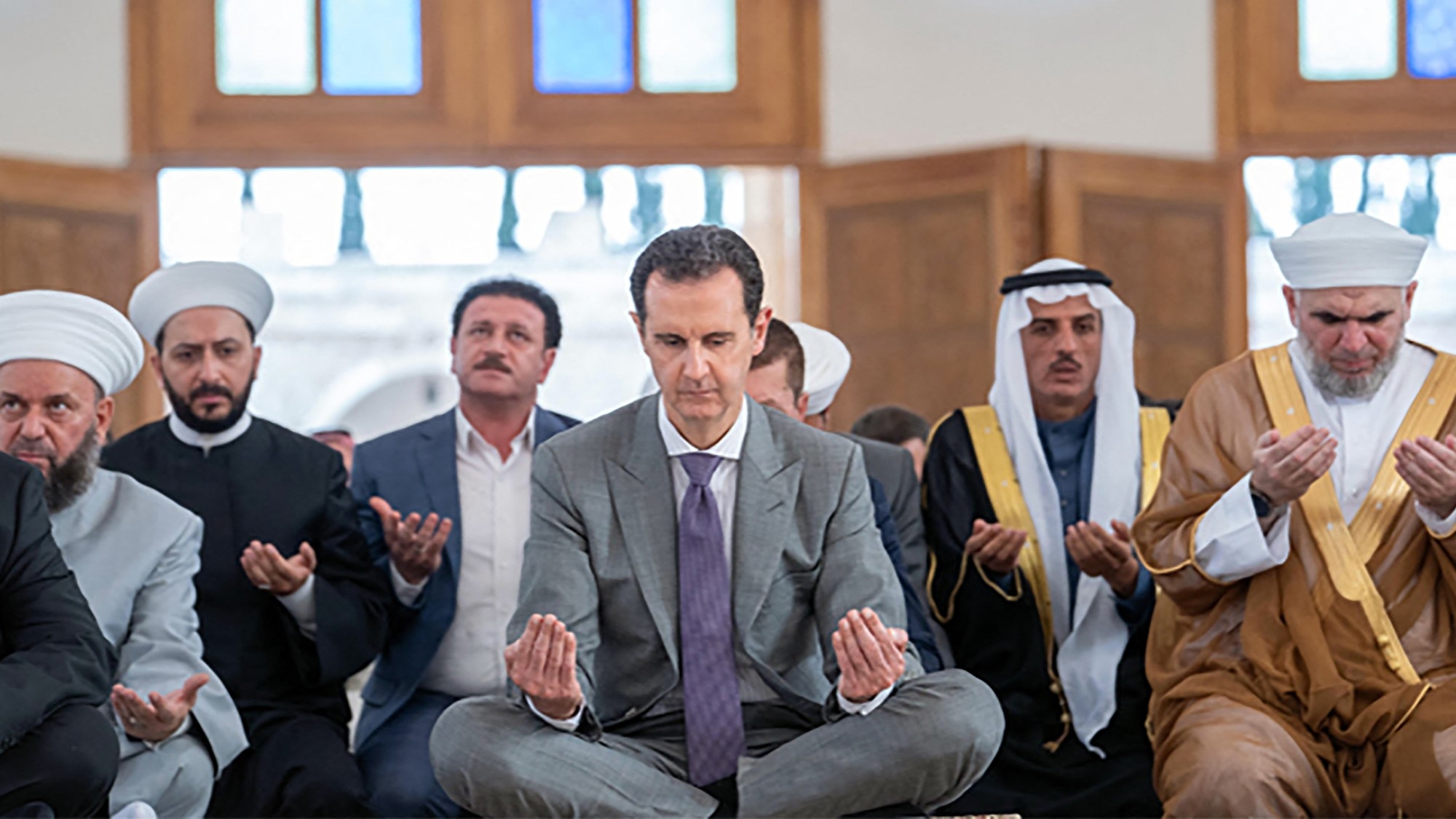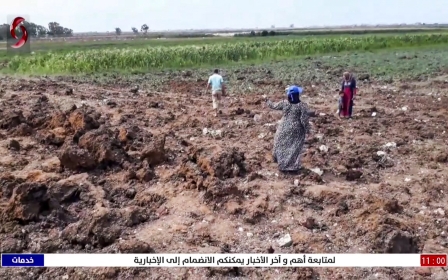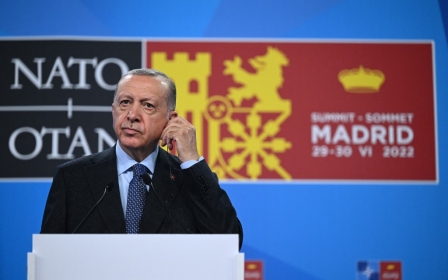Syria: Bashar al-Assad visits Aleppo for first time since 2011

Syrian President Bashar al-Assad has visited Aleppo and participated in Eid prayers in his first visit to the city since the Syrian war began in 2011.
State news agency SANA reported that the president had "performed Eid al-Adha prayers at Sahabiy Abdallah bin Abbas mosque in Aleppo city" and also released a message from Assad wishing Syrians and soldiers a happy Eid.
On Friday, Assad began his trip to Aleppo and posted on Telegram that he and his wife visited "Aleppo's historic Ummayad mosque" and "walked through the Old City's souks, which were open on the occasion of Eid al-Adha".
Aleppo, one of Syria's largest cities and the once economic capital, was heavily damaged due to the Syrian civil war, including the old city near the Ummayad mosque, where the president and his wife were pictured walking.
During the Syrian war in 2011, Aleppo became the battleground between government forces, rebels, and fighters from the Islamic State. But, with the introduction of Russian-backed government forces in 2012, the city eventually fell to the government in 2016, following a month-long aerial bombing campaign.
With much of the city reduced to rubble, the then UN humanitarian aid chief, Stephen O’Brien, warned in November that year that Aleppo risked becoming a "giant graveyard".
On 22 December 2016, government forces announced they had taken control of the city and were now in control of Syria's four largest cities.
However, the Syrian government does not have full authority over Aleppo province, with areas close to the Turkish border still controlled by the US-backed Syrian Democratic Forces as well as Turkish-backed rebel groups.
The United Nations reported last year that between March 2011 and March 2021 at least 350,209 civilians and fighters had been killed in the Syrian civil war. But they said that this was "a minimal verifiable number" and an "undercount of the actual number".
Middle East Eye propose une couverture et une analyse indépendantes et incomparables du Moyen-Orient, de l’Afrique du Nord et d’autres régions du monde. Pour en savoir plus sur la reprise de ce contenu et les frais qui s’appliquent, veuillez remplir ce formulaire [en anglais]. Pour en savoir plus sur MEE, cliquez ici [en anglais].





